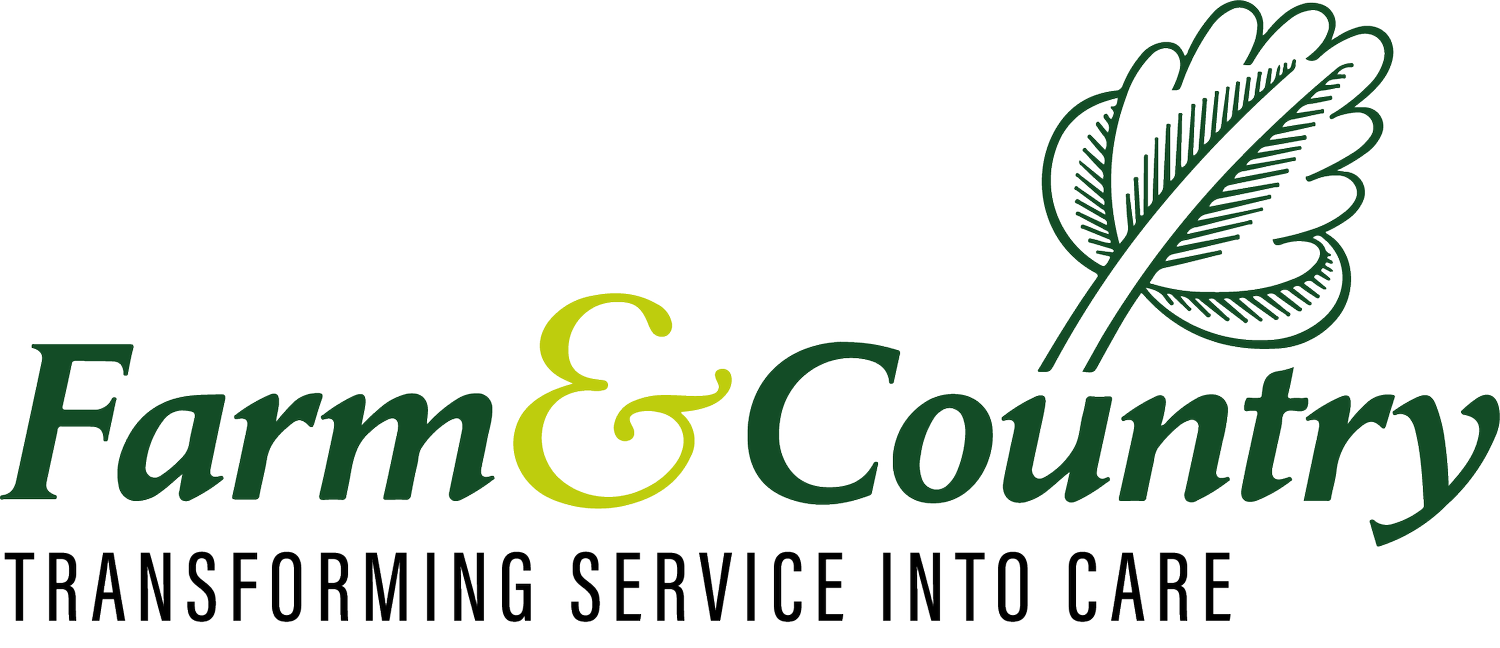Silage Making
Silage making is a process of fermenting and preserving high-moisture forage crops, such as grass, corn, or other cereal crops, into a nutritious feed for livestock. It is a commonly used technique to store and utilise excess forage during the growing season for feeding animals during periods of scarcity, such as winter or drought.
The key steps involved in silage making include:
selecting an appropriate crop, e.g. grass, corn, legumes
harvesting the crop at the optimal moisture content
chopping the harvested forage into small pieces using a silage chopper
compacting the chopped forage tightly into a storage structure like a silo to remove air
sealing the structure with plastic sheets or films to prevent air exposure
allowing natural fermentation by lactic acid bacteria which drops the pH to preserve the forage
feeding the nutritious silage to livestock after proper maturation
Harvesting for silage
Harvesting at the optimal stage is critical for producing high quality silage. Most forage crops used for silage are harvested at the vegetative stage rather than full maturity to maximise nutrients. Grasses are often cut when seed heads emerge, while corn is harvested when the kernels are fully dented and the plant is still green. The optimum moisture content is 60-70% for efficient fermentation.
Using a mower-conditioner helps speed field wilting to reach the desired moisture level, and allowing the cut crop to wilt for a day or two prior to chopping helps reduce moisture. The crop is mowed as close to the ground as possible to maximise tonnage. Swathing the crop into windrows facilitates uniform drying and easier pickup.
Once at the target moisture content, the crop is harvested using a forage harvester which chops and loads the material into trucks or wagons for transport to the storage site. Prompt ensiling after chopping prevents heating and spoilage losses in the chopped forage.
Storage
The big round bales wrapped in plastic film that you often see in UK fields are a type of silage called bale silage or haylage. For bale silage, the crop is cut, wilted, and then baled and tightly compacted using a specialised baler.
The bales are immediately wrapped in plastic which allows for anaerobic fermentation and preservation. The wrapped bales are left to ferment before being fed to livestock during periods of low forage availability. Bale silage provides an efficient, flexible way to produce nutritious silage while reducing storage losses.
There are various storage methods for silage bales including stacking in the field, indoor storage in barns or sheds, placing in bunker silos, and filling specialised bag silos. Proper storage with attention to airflow, moisture control, and pest protection is important to minimise spoilage and retain nutritional quality. The goal is to create ideal anaerobic conditions for prolonged preservation of the nutritious silage until it is needed for feeding livestock.
These storage methods each have their own advantages and considerations. Stacking bales in the field requires a solid, well-drained base and adequate spacing between stacks for airflow. The stacks can be covered with tarps or plastic sheets to protect from rain, but condensation under the coverings should be monitored.
Indoor storage in barns or sheds allows better protection from the elements, but ventilation to prevent moisture buildup is essential to avoid mould growth. Care must be taken to allow sufficient air circulation around the bales.
Bunker silos made of concrete allow for dense, layered packing of bales which are compressed using heavy equipment to remove air. It is essential that the bunker be completely airtight after filling, using plastic sheeting secured with weights to maintain an oxygen-free environment necessary for proper anaerobic fermentation.
Bag silos involve filling long tube-like plastic bags designed specifically for forage storage. The bags are sealed using specialised equipment to exclude air. Bag silos provide flexibility in locating them on well-drained surfaces. Individual bales can be easily removed as needed.
Silage considerations
Fermentation improves digestibility and palatability compared to dry hay. Silage also retains more nutritional value than hay since there are lower storage losses. However, there are some disadvantages as well. Silage making requires more equipment, materials, and management compared to making hay. It also has a higher cost associated with additives, plastic sheeting, specialised equipment etc. Poorly made silage leads to spoilage and nutrition losses.
There are some key mistakes to avoid when producing silage:
Harvesting the crop at the wrong moisture content - This affects fermentation. Ideal moisture is 60-70% but should not exceed 75%.
Inadequate chop length - Overly long chops prevent proper compaction while too short length increases risks of clostridial fermentation.
Insufficient compaction - Failure to eliminate air pockets leads to aerobic spoilage. Heavy packing is required.
Improper sealing and exposure to air - Any oxygen ingress causes mould, fungus, and deterioration. Complete sealing is essential.
Storage losses - Inadequate protection from weather, pests, and rodents causes spoilage losses.
Inferior fermentation - Adding unsuitable or insufficient additives affects lactic acid production.
Feeding too early - Immature silage has suboptimal nutrition. Adequate fermentation time of at least 6-8 weeks is required.
In all storage methods, basic principles apply - minimising air infiltration, controlling moisture and humidity, deterring pests and wildlife from damaging bales, and frequently monitoring the condition of stored feed. Adhering to best practices tailored to the specific storage structure and climate will preserve feed value and prevent losses. Proper storage enables the farmer to efficiently utilise the baled silage as a nutritious livestock feed source long after harvest season is over.







